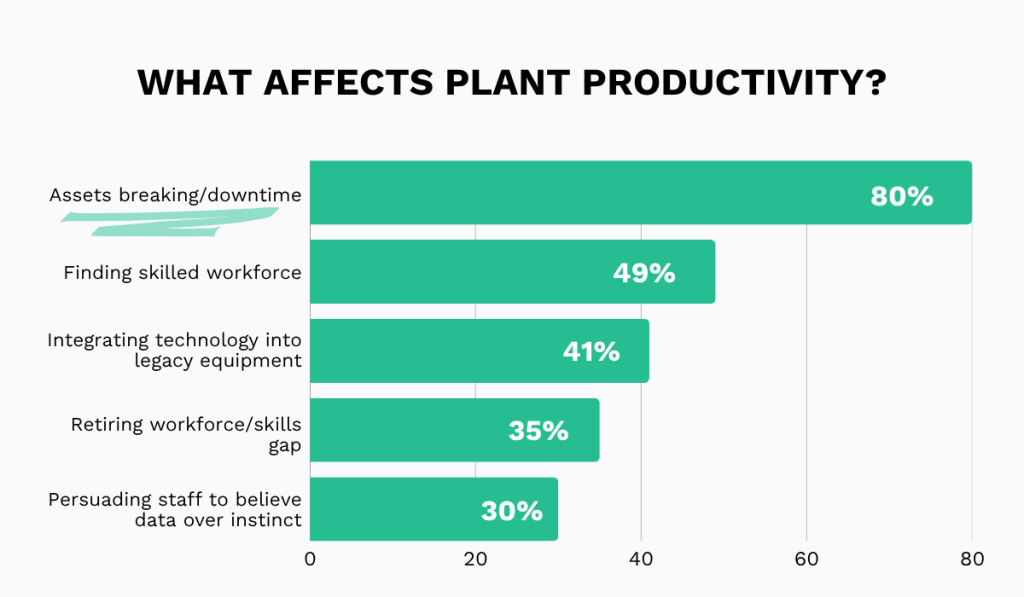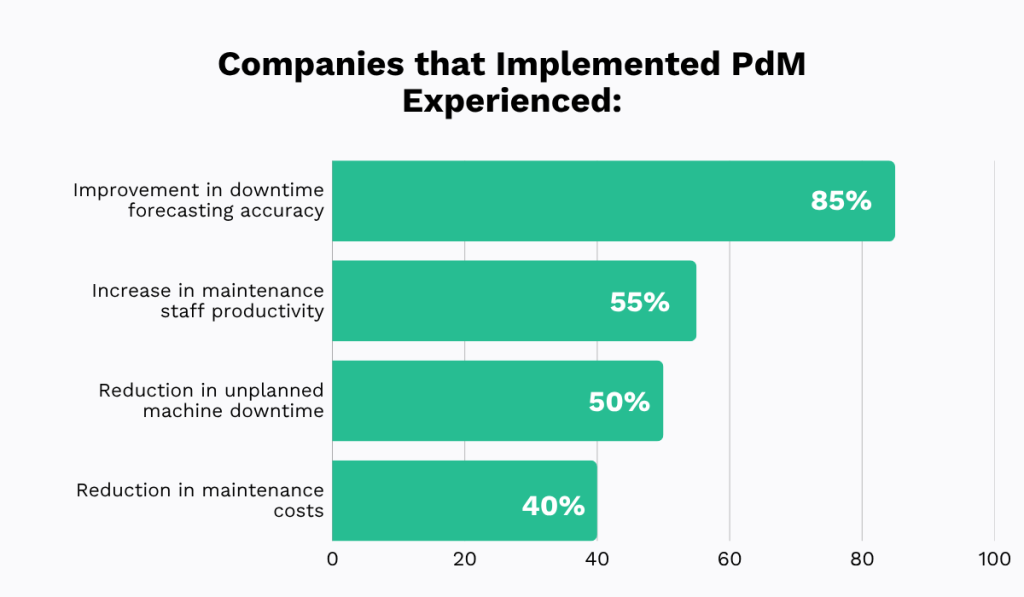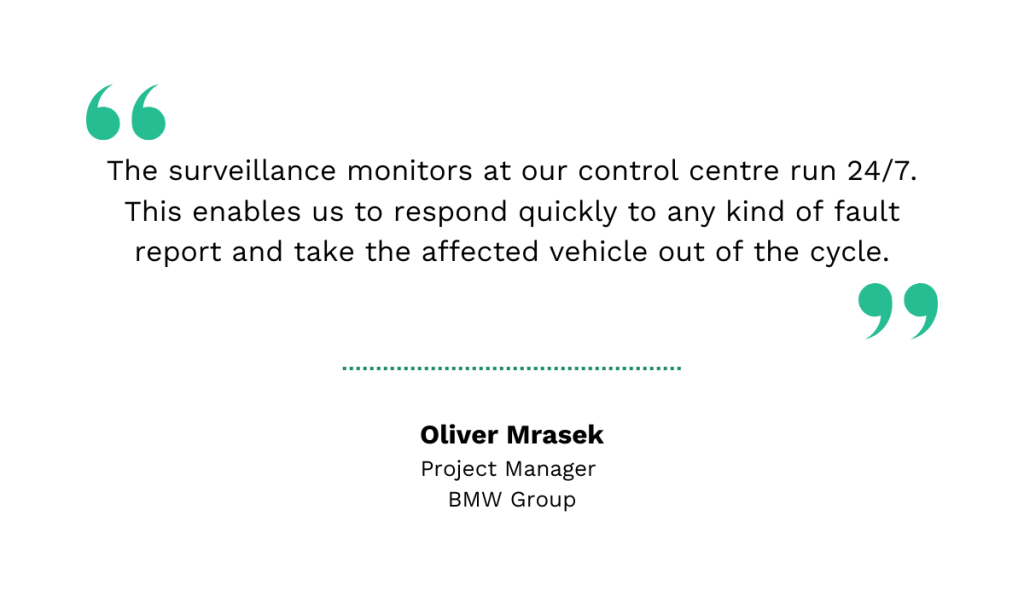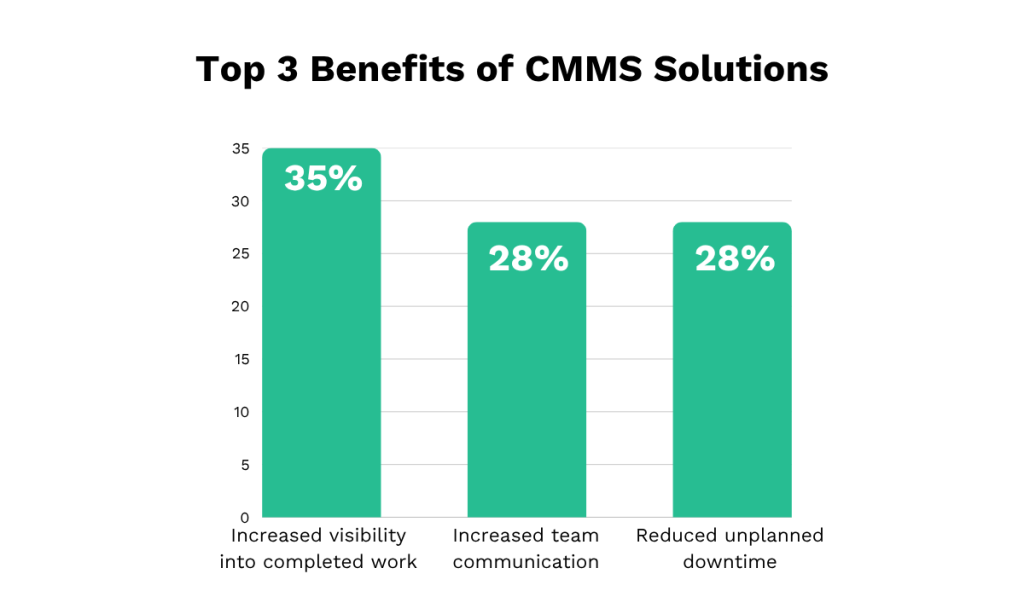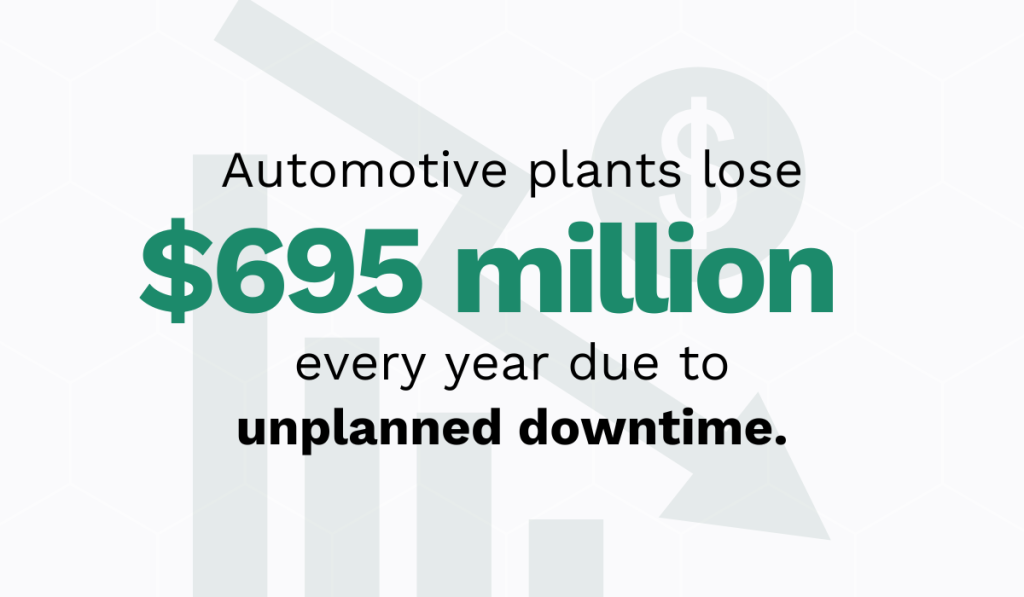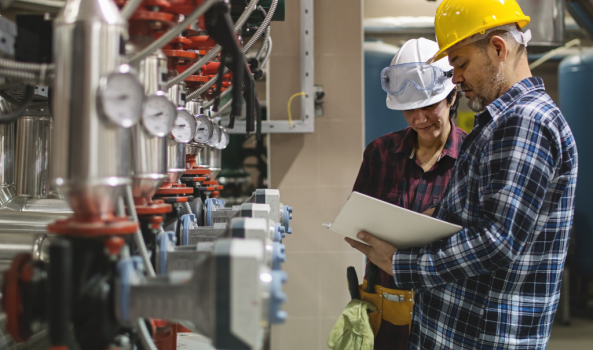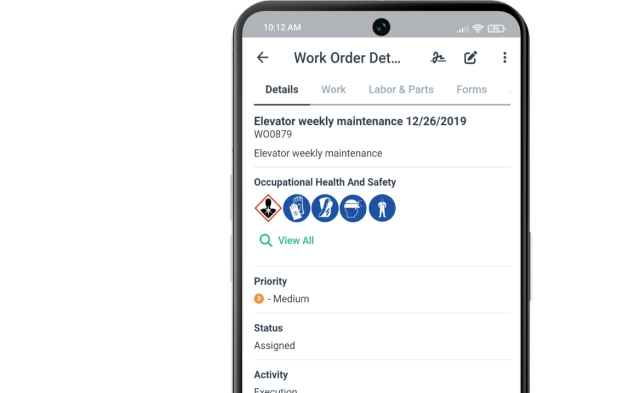Get a Free WorkTrek Demo
Let's show you how WorkTrek can help you optimize your maintenance operation.
Try for freeKey Takeaways:
- Unplanned downtime is the leading cause of lost productivity in plants.
- BMW Group’s plant avoids 500 minutes of production disruption annually due to PdM.
- Teams using CMMS report fewer instances of unplanned downtime and increased team collaboration.
Understanding the distinction between fact and fiction in manufacturing maintenance can have a direct impact on your plant’s productivity, safety, and profitability.
So, to help you make informed, data-driven decisions, we’re debunking six common myths about maintaining manufacturing equipment.
Backed by recent data and expert insights, we’ll show you why these myths don’t hold up and what smart, high-performing teams are doing instead.
Maintenance Is Only Needed When Something Breaks
Unfortunately, some still cling to the old saying, “If it isn’t broken, don’t fix it.”
However, when it comes to manufacturing equipment, waiting for failure—known as reactive maintenance—can lead to costly disruptions, safety hazards, and avoidable damage.
It’s far from an ideal strategy.
A 2022 survey found that sudden equipment breakdowns causing unplanned downtime had the greatest negative impact on plant productivity.
These unexpected failures are a result of the reactive mindset prevalent in manufacturing plants.
Therefore, to avoid asset reliability issues and maintain plant efficiency, manufacturers should adopt a more proactive strategy, such as preventive maintenance.
Instead of waiting for assets to break, preventive maintenance prioritizes regular inspections and smaller repairs to keep valuable machinery and tools operational and reliable.
Zach Williams, Engineering Manager at Kito Crosby Australia, an industrial equipment supplier specializing in custom hoists and lifting solutions, explains the benefits:
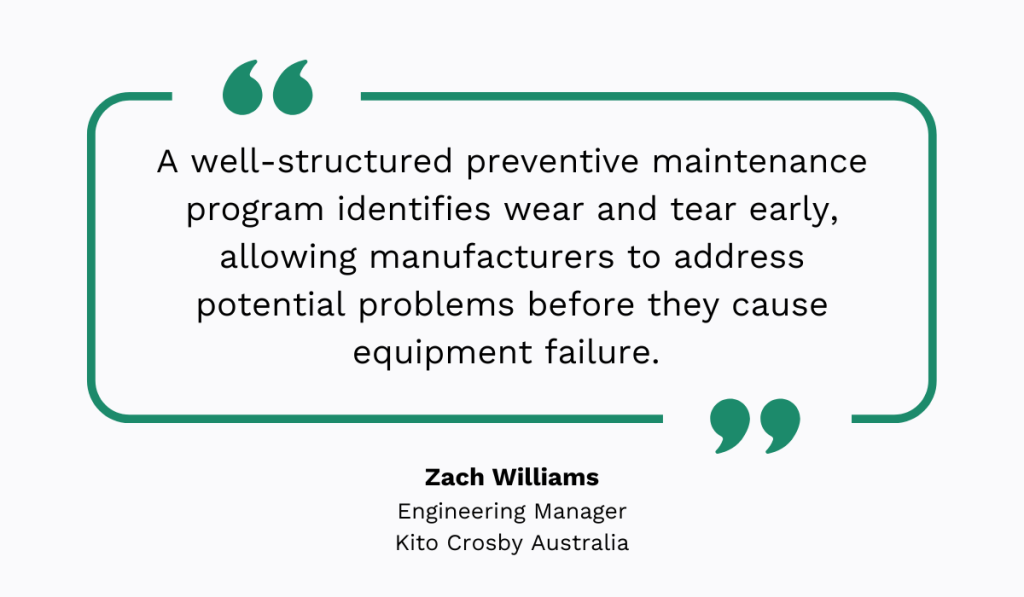
Williams adds that proactive maintenance doesn’t just help prevent breakdowns and keep plants running efficiently.
It’s also nearly three times more cost-effective than reactive maintenance.
Perhaps that’s why 66% of manufacturing businesses are moving away from reactive maintenance and express a willingness to embrace a more proactive mindset.
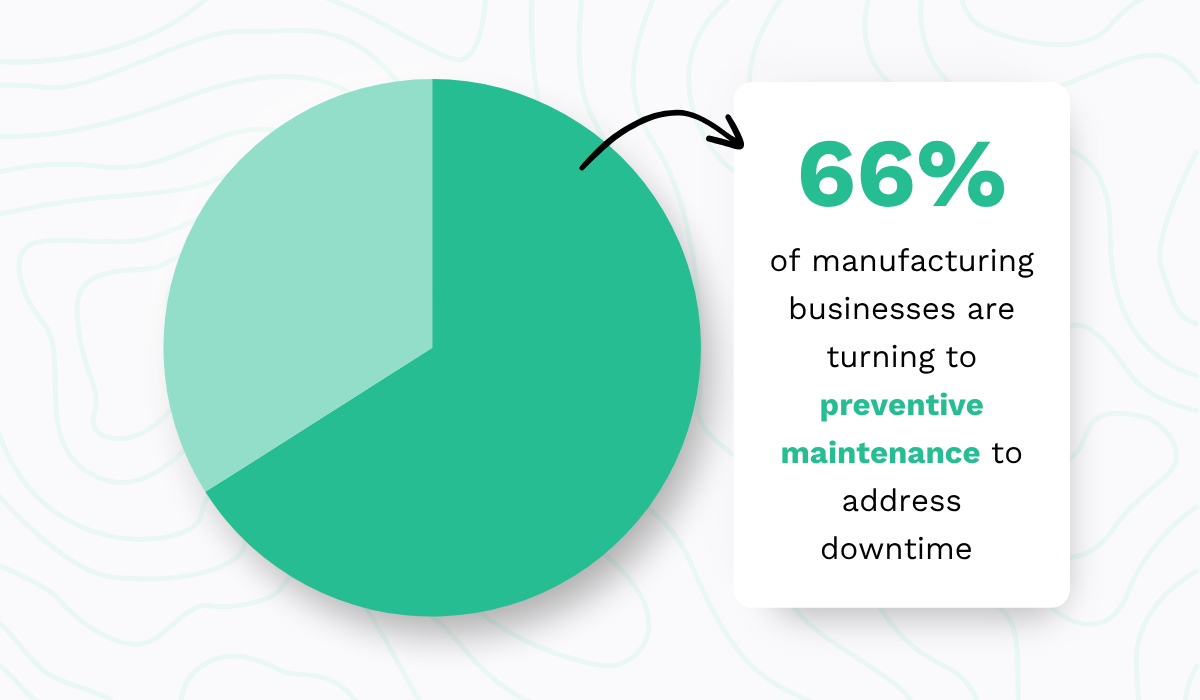
Slowly but surely, companies are realizing that fixing assets only when they break simply doesn’t cut it anymore.
It’s inefficient, expensive, and damaging to both equipment and overall productivity.
Preventive Maintenance Stops All Failures
Of course, preventive maintenance isn’t a perfect solution that guarantees protection from all future breakdowns.
While it significantly reduces risk, it can’t eliminate every potential issue.
Unexpected failures may still occur due to wear and tear, human error, or various external factors.
Adding to the challenge, manufacturing equipment is becoming increasingly complex, as are its upkeep needs.
Nilam Ruparelia, an AI Segment Leader at semiconductor maker Microchip Technology, points to robotic systems as an example:
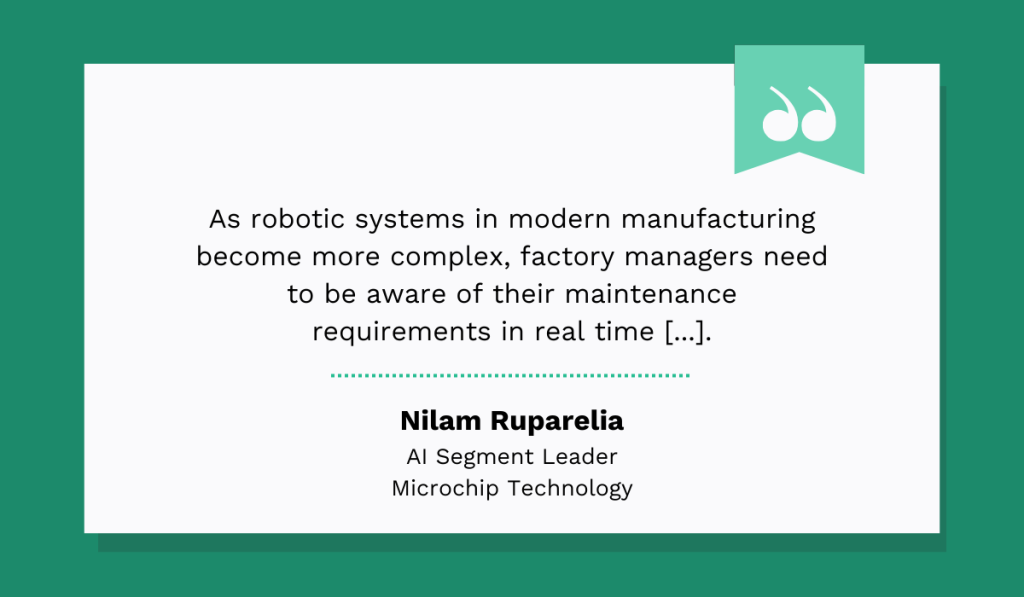
In other words, advanced equipment requires an advanced maintenance strategy, such as predictive maintenance (PdM).
Rather than relying on rigid time-based schedules that can lead to overmaintaining or undermaintaining assets, PdM uses historical and real-time data to predict when failures are likely to occur.
This enables more precise and effective maintenance planning.
According to a 2023 Siemens survey, the benefits of PdM can be enormous.
Respondents reported improvements in downtime forecasting accuracy, a reduction in unplanned downtime, an increase in staff productivity, and a reduction in maintenance costs.
Unsurprisingly, many large manufacturers are adopting predictive maintenance because of these significant advantages.
Take BMW’s Regensburg plant, for example.
They utilize an AI-powered system to monitor conveyor systems during vehicle assembly, enabling them to detect potential faults proactively.

Project manager Oliver Mrasek explains:
As a result, the plant avoids an average of around 500 minutes of production disruption per year.
Achieving this level of precision would be challenging without relying on preventive maintenance alone.
That’s why we’ll likely see manufacturing maintenance focus more on prediction rather than prevention in the future.
New Equipment Doesn’t Need Maintenance
It’s a common misconception that new manufacturing equipment doesn’t require regular maintenance.
In reality, even the latest assets need proper care from day one to stay efficient, safe, and compliant with warranty requirements.
Jaime Miller, SQF Consultant at Kellerman Consulting, which specializes in food safety, quality & ISO, agrees:
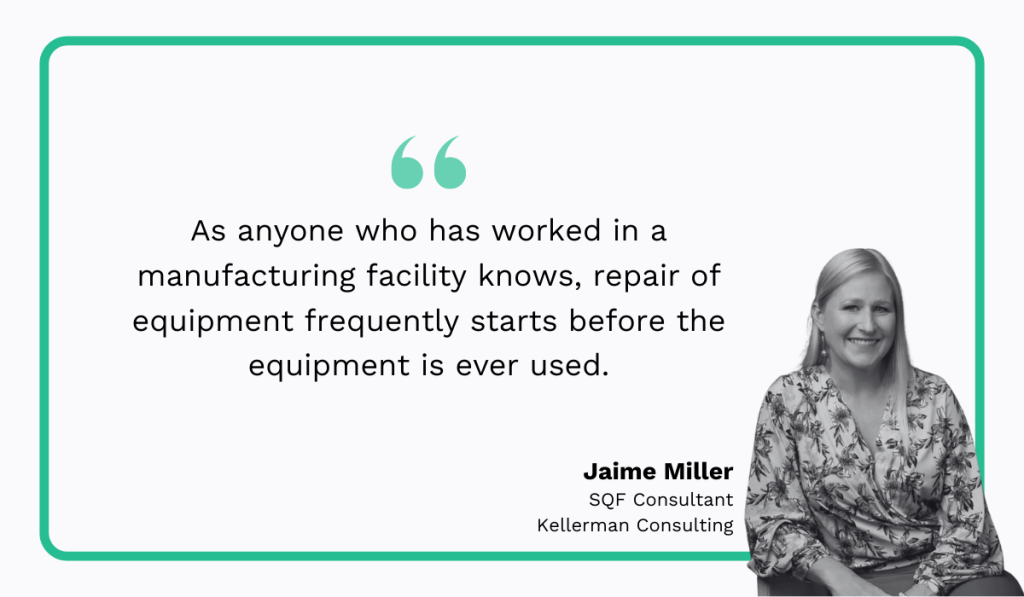
That’s right: to ensure long-term reliability, maintenance should begin before the asset even arrives on-site.
Some tasks to complete during this early stage include:
- Creating an asset number and entering the equipment into the CMMS
- Identifying all recommended maintenance tasks (inspections, measurements, adjustments, etc.)
- Scheduling maintenance according to the manufacturer’s guidelines
- Assessing necessary resources, such as training and tools
- Assigning personnel or teams to handle required maintenance
- Performing recommended maintenance during start-up to establish baseline data
Following the manufacturer’s recommendations is particularly important.
Miller advises speaking to the manufacturer directly when possible and documenting all their advice and suggestions:
“If it is a large enough piece of equipment, the manufacturer may send a representative to help with installation and training. If so, make sure to document preventive maintenance and sanitation recommendations during that visit.”
Remember, your equipment is a major investment.
Taking the right steps from day one helps ensure its longevity and reliability. So, don’t let the “it’s new, it’s fine” mindset shorten its lifespan.
Any Spare Part Will Do the Job
Using aftermarket parts instead of OEM ones might save you some money upfront, but it’s not always the wisest choice.
While the lower price may be tempting, it often comes with trade-offs in quality, compatibility, reliability, and performance.
In some cases, opting for aftermarket components can even void equipment warranties.
Jorge Abelho, Director of Technical Support at Pilot Crushtec International, a manufacturer of mobile and static crushing solutions, shares an OEM perspective on the matter:
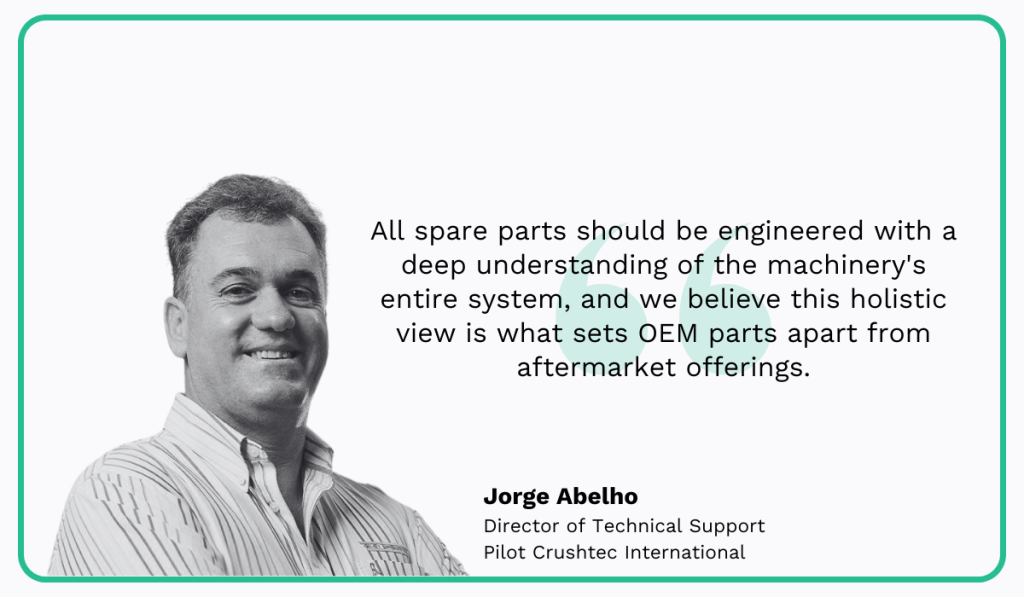
In general, when you choose an OEM part, you’re not just purchasing a part. You’re also purchasing long-term support.
That means expert installation instructions, usage recommendations, technical advice, and peace of mind during the part’s entire lifecycle.
In some cases, OEMs are also directly involved in the maintenance process.
Fernando Mejia, Former Aftermarket Director at Automated Handling Solutions (AHS), shared how his team approached it:
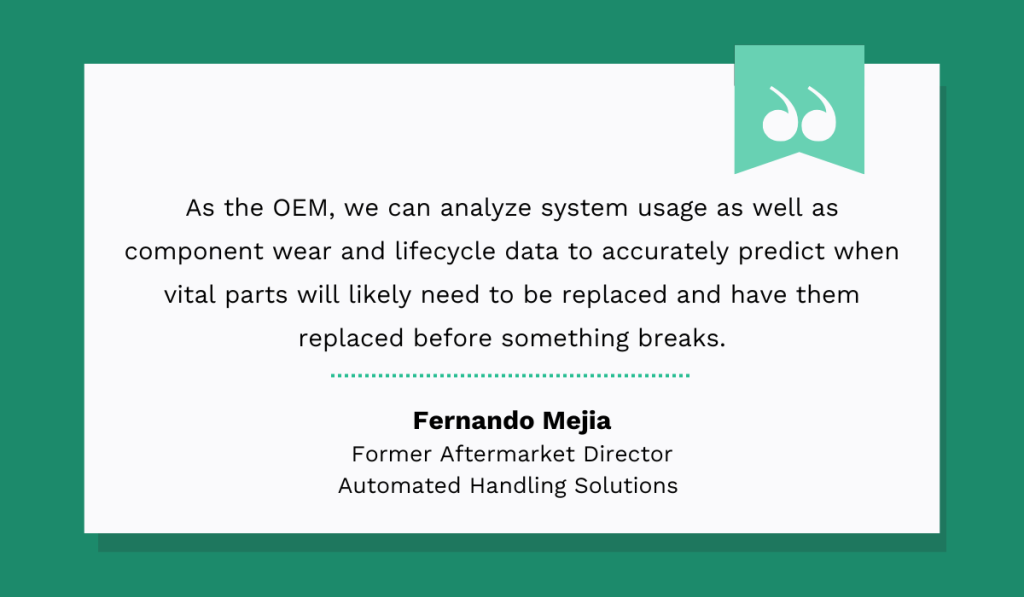
Overall, when comparing OEM and aftermarket parts side by side, the advantages of OEM options become clear.
Therefore, next time you purchase replacement parts, especially for critical assets, consider not just the price tag but also the long-term value and reliability that OEM components offer.
Cutting corners now will cut into your productivity later.
The Manual Is Optional
Maintenance technicians, especially those with years of experience, can sometimes fall into the trap of thinking they can handle equipment upkeep without ever opening a manual.
However, that assumption can be a costly mistake.
Jaime Miller from Kellerman Consulting, whom we mentioned earlier, explains why:
“User manuals for the equipment typically specify upkeep activities for the equipment, and it is recommended to perform all manufacturer-specified maintenance items to maintain any warranties and comply with best practices.”
In other words, the manufacturer is best equipped to understand the equipment, and their guidelines are in place for a reason.
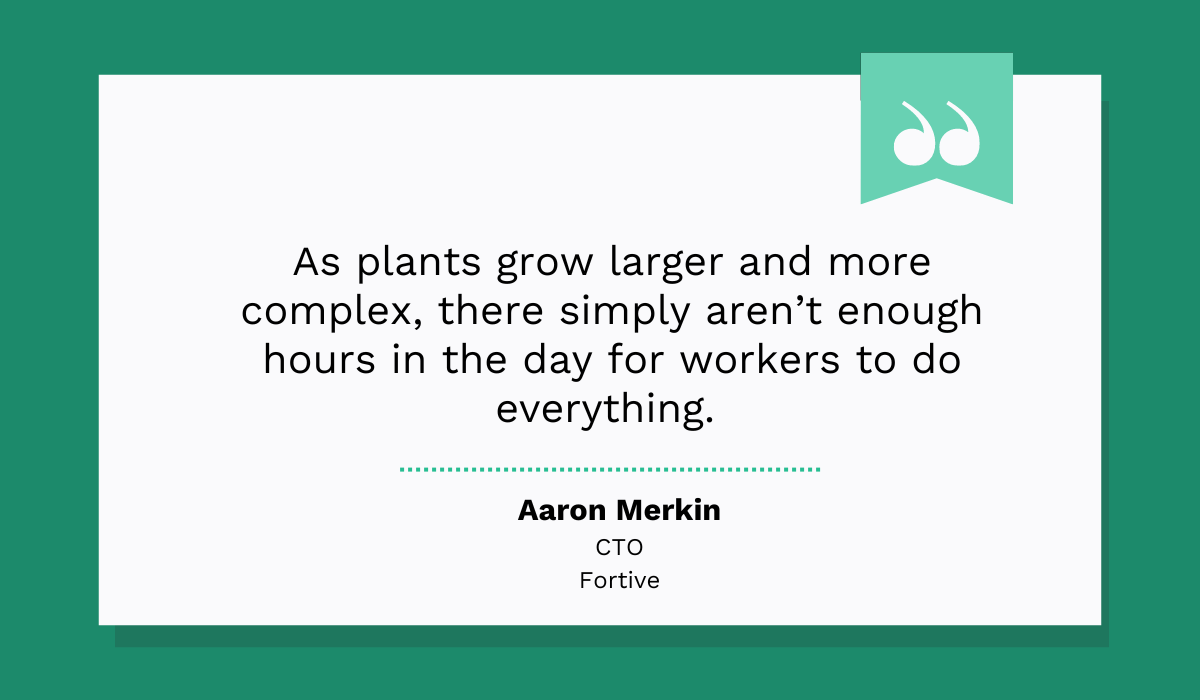
Take Haas Automation, a U.S.-based machine tool manufacturer, as an example.
Their lathe manuals include detailed upkeep schedules, outlining the upkeep frequency and specific tasks required for each component:
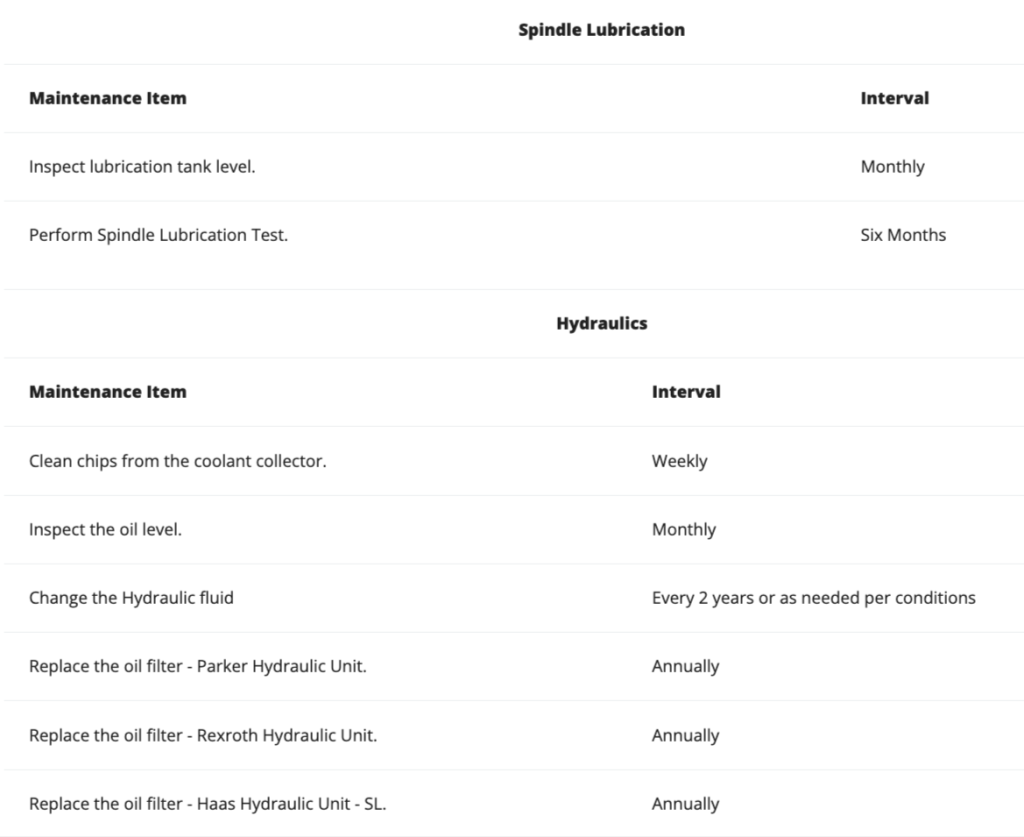
This type of information is crucial for effective preventive maintenance, enabling you to deliver the right care at the right time.
No need for guesswork or relying on your intuition.
But manuals offer more than just schedule recommendations.
For instance, ABB’s frequency converter manuals provide detailed lists of possible faults, their potential causes, and troubleshooting steps:
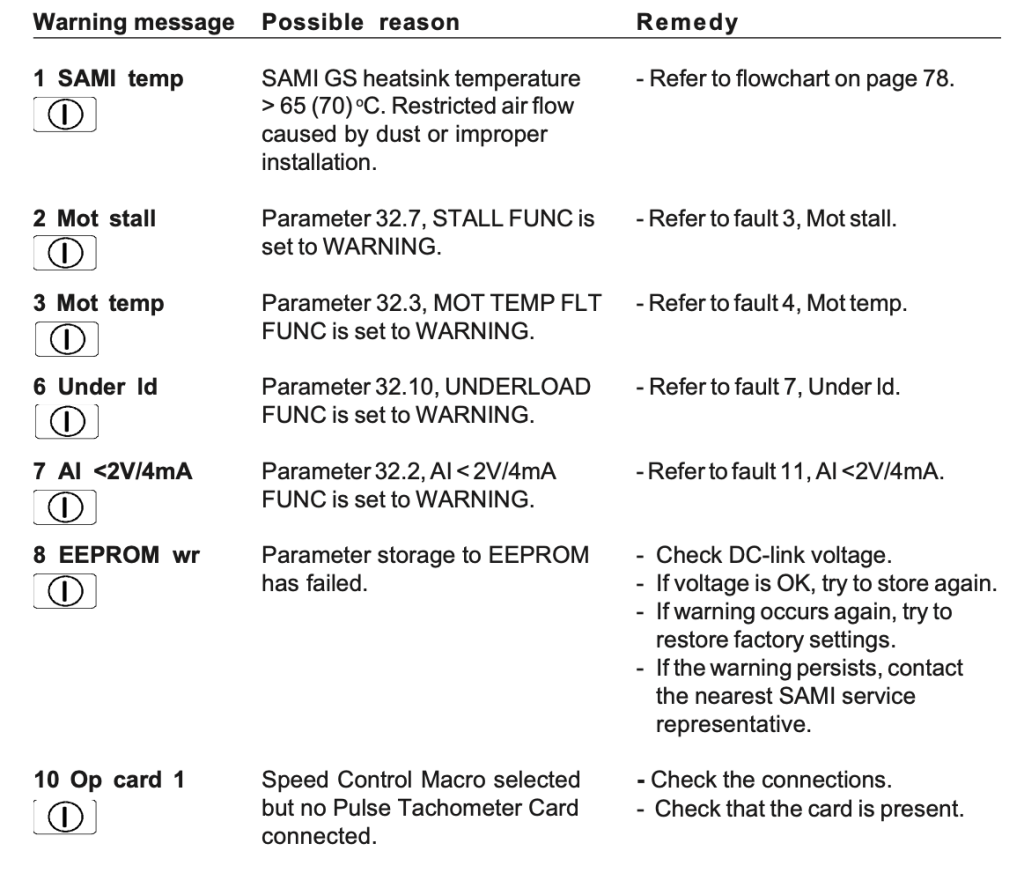
They even include flowcharts with step-by-step repair instructions to ensure issues are fixed correctly, minimizing the risk of accidental damage:
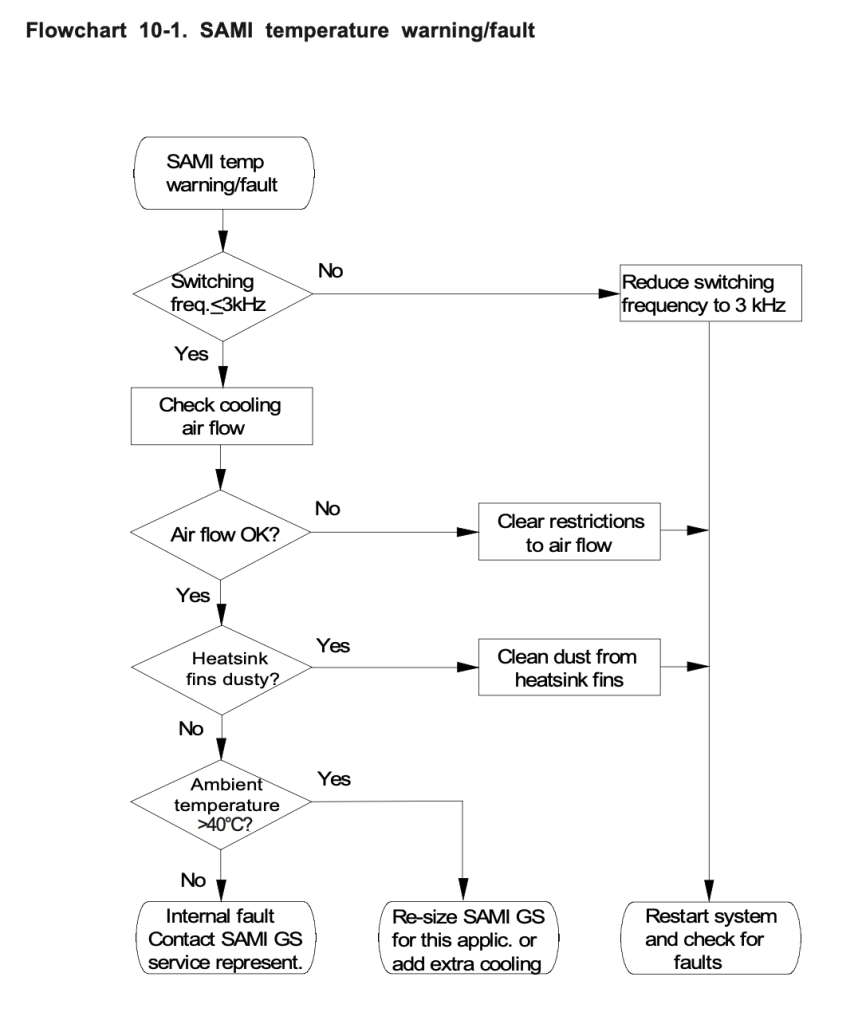
In short, equipment manuals are a goldmine of information: from safety procedures and troubleshooting guides to recommended spare parts.
Ignoring them puts your assets, workers, and operations at unnecessary risk.
Digital Maintenance Systems Are Just a Waste of Money
CMMS solutions and other digital maintenance systems have repeatedly proven their value; yet, some still view them as an unnecessary expense.
They are certainly missing out.
A recent survey found that teams using CMMS platforms report significant improvements, including better visibility into completed work, reduced unplanned downtime, and enhanced team communication.
In manufacturing, where inefficiencies are costly, these benefits can have a major impact on your bottom line.
For instance, according to a 2024 Siemens survey, automotive plants incur approximately $695 million in annual losses due to unplanned downtime.
So, doesn’t it make sense to invest in a tool specifically designed to reduce that?
CMMS solutions streamline a significant portion of time-consuming, error-prone tasks and log vital maintenance data, providing you with greater transparency and control over your operations.
Take our CMMS platform, WorkTrek, for example.
It automates tasks like:
- Preventive maintenance scheduling
- Routine work order creation
- Task management
- Inventory tracking
- Invoicing
As such, it significantly reduces errors, increases data accuracy, and ensures your maintenance program is data-driven and well-executed.
Technicians can easily access their upcoming tasks, step-by-step instructions, issue descriptions, and more, which allows them to walk into any job with confidence:
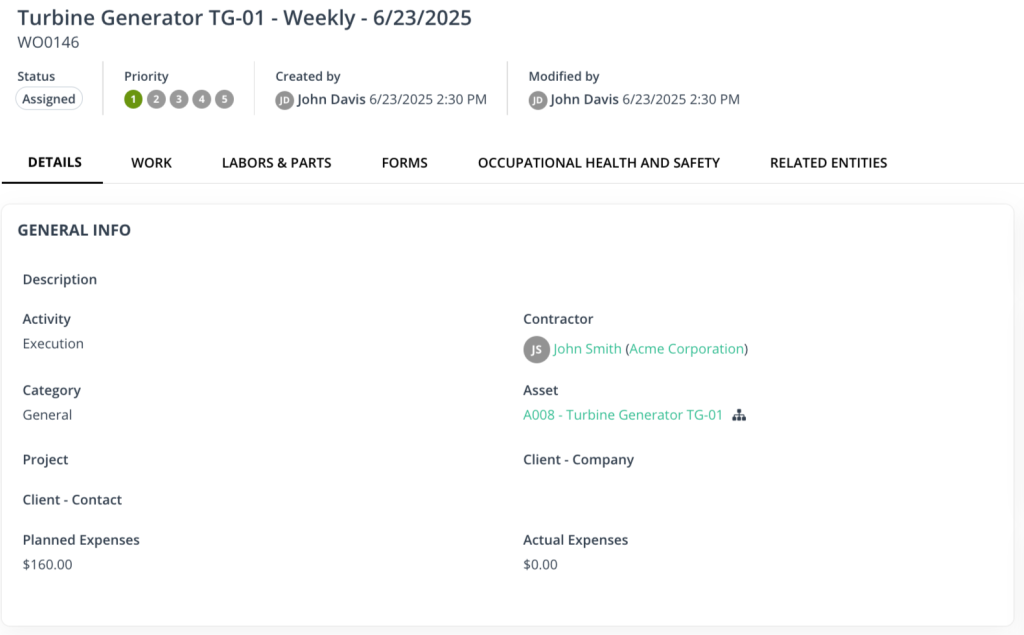
At the same time, supervisors can monitor their progress, planned/unplanned costs, inventory levels, and the overall effectiveness of the maintenance efforts to identify inefficiencies proactively:
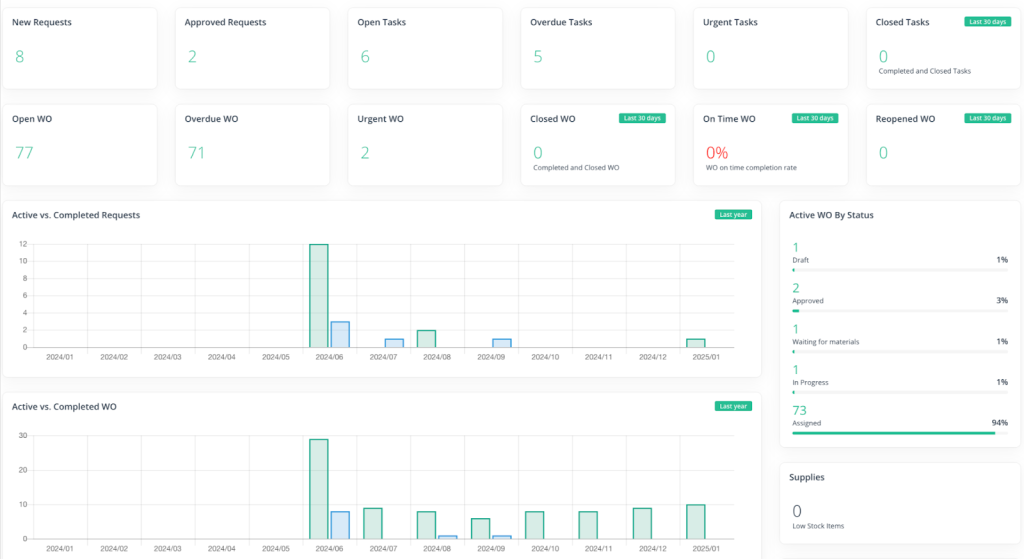
In short, WorkTrek makes every part of maintenance easier, more accurate, and more efficient.
No more miscommunication, wasted time fixing errors, or chasing down missing information.
Instead, your team can focus on doing maintenance the right way, on time, and with the right resources.
And over time, that efficiency turns into real savings: fewer maintenance issues, longer asset life, and dramatically reduced downtime.
Conclusion
Now that you have all the facts, it’s time to apply what you’ve learned in the real world.
Leverage digital tools, adopt a proactive mindset, trust the guidance of OEM recommendations, and watch your maintenance program transform.
When maintenance is done right, your equipment pays you back with increased reliability, safer operations, and minimal unexpected downtime.
It’s the most efficient way to unlock your manufacturing plant’s full potential.




